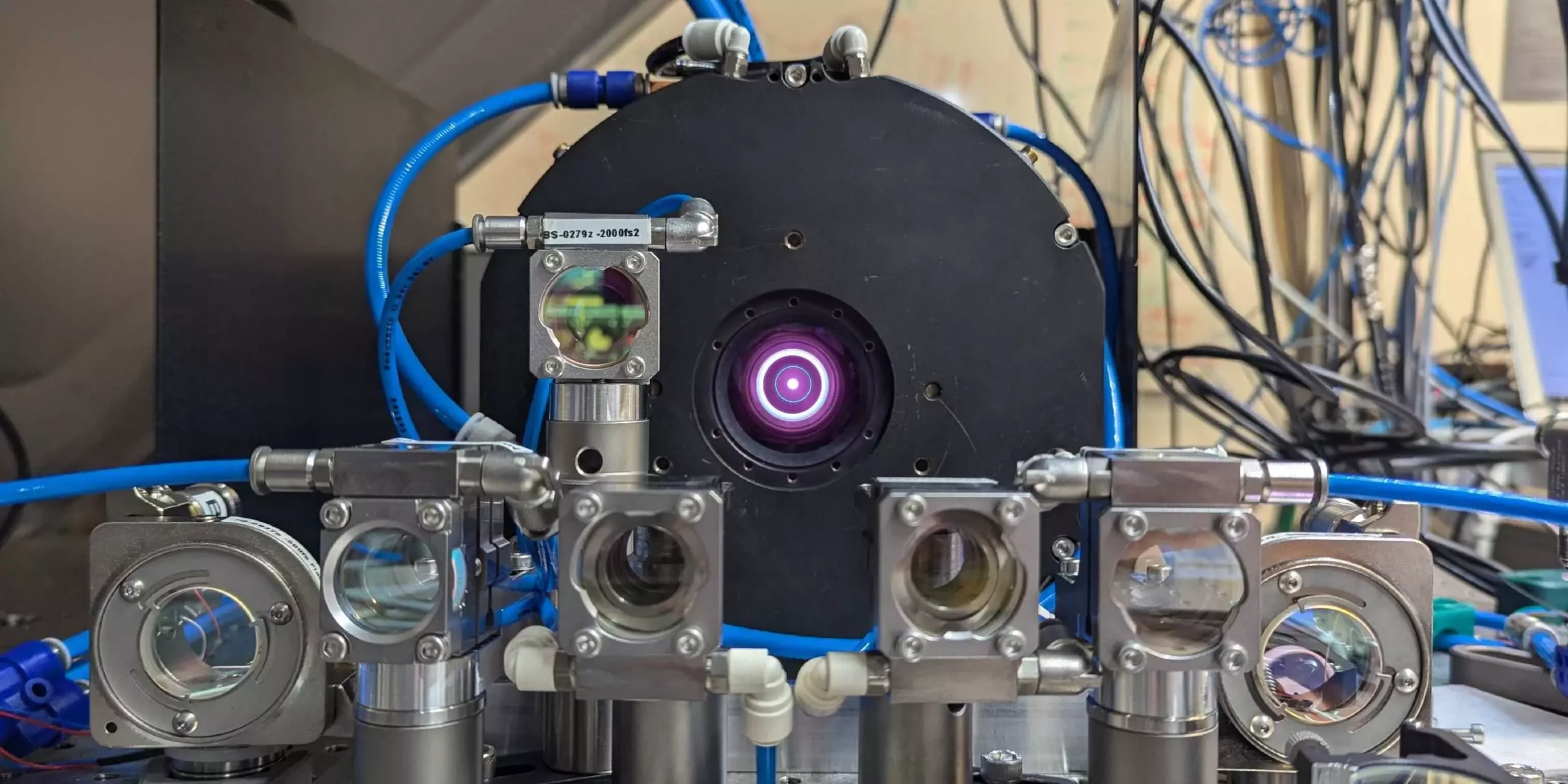When discussing lasers, most of us envision a focused stream of light that is powerful and continuous. However, the scientific landscape also requires the ability to generate exceptionally short and potent laser pulses. These brief bursts of energy are critical in diverse applications ranging from precision material machining to the generation of high-frequency wavelengths like X-rays. A recent breakthrough achieved by a team of researchers at ETH Zurich, spearheaded by Professor Ursula Keller, has significant implications for both scientific exploration and industrial applications. By achieving record-setting laser pulse parameters, they have opened new possibilities for studying ultra-fast processes occurring at the attosecond scale.
The ETH Zurich team’s experiment produced laser pulses surpassing their predecessors by an astounding 50 percent in average power, clocking in at an impressive 550 watts. This makes them the most potent laser pulses generated by a laser oscillator to date. The short duration of these pulses—lasting less than a picosecond—accompanies a remarkable output frequency of five million pulses per second. Such characteristics enable peak powers of around 100 megawatts, a staggering figure that, theoretically, could power approximately 100,000 vacuum cleaners simultaneously for a fleeting moment.
Keller’s team has dedicated the last 25 years to refining short-pulsed disk lasers, a technology characterized by a thin 100-micrometer disk of crystal enriched with ytterbium atoms. These lasers, while extraordinarily powerful, have presented various challenges that have historically stymied progress. Keller and her group have had to navigate several obstacles—especially instances in which laser components suffered damage during testing. Each setback, however, has paved the way for innovative solutions, enhancing the reliability and efficiency of short-pulsed lasers which find applications throughout various industries.
One of the seminal advancements in their latest work involves an intelligent arrangement of mirrors that guide the light through the disk multiple times before it exits. This design allows for significant amplification of the light without compromising stability—a vital aspect for operational effectiveness. Assistant researcher Moritz Seidel noted how these innovations contribute to the harmonious operation of the laser system.
Central to the operation of this new laser is the Semiconductor Saturable Absorber Mirror (SESAM), a novel type of mirror invented by Keller three decades ago. Unlike traditional mirrors, SESAM’s reflectivity is contingent upon the intensity of the incident light. This property enables the laser to transition from a continuous output to short bursts of energy efficiently. In essence, the SESAM allows the intensification of light to a level that enables rapid pulsing by selectively reflecting the amplified light and facilitating the success of their experimental strategy.
Seidel explained that until now, achieving significant peak power typically necessitated sending weaker pulses through multiple external amplifiers—an approach fraught with noise and fluctuations that can compromise measurement accuracy. The direct amplification of strong pulses through the oscillator, as achieved by this team, could hold the key to numerous applications demanding precision, from fundamental research in physics to advancements in optical technology.
The implications of this technological advancement extend beyond the laboratory. Keller and her team anticipate employing the high-energy, rapid pulses for the development of new frequency combs operating in the ultraviolet to X-ray ranges. Such technology could lead to the creation of highly precise clocks, which may even challenge our understanding of natural constants. Moreover, the ability to generate terahertz radiation with this laser could serve as an innovative approach for material testing.
Keller succinctly summarized the team’s findings, asserting that the success of this pulse laser demonstrates that laser oscillators could stand as formidable rivals to conventional amplifier-based systems. Their work heralds a new era in precision measurement, potentially unlocking advanced applications in research fields and industrial processes.
The remarkable progress achieved by the ETH Zurich team exemplifies how continuous innovation in laser technology not only pushes the boundaries of scientific knowledge but also fosters new applications that could change various fields. As researchers continue to refine these powerful laser systems, we can expect groundbreaking developments that will enhance our understanding of the universe—a testament to the enduring quest for knowledge and technological advancement. The potential of these ultrafast lasers is profound, promising a future rich with discovery and innovation.


Leave a Reply